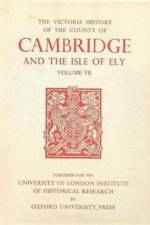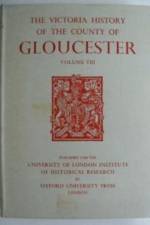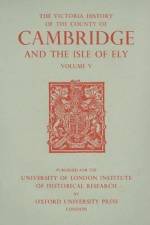- Volume VII: Roman Cambridgeshire
av C. R. Elrington
1 079
This volume is devoted to an account of Roman Cambridgeshire. It completes the `general' articles on the county for the Victoria History, while the topography, on which four volumes have already been published, remains to be completed in three or four further volumes. Although in Roman times the county in no way formed a unit, and may indeed have been divided between the provinces of Britannia Superior and Inferior along the line of the Fen Causeway, andalthough only a relatively small part of the area looked towards the Roman settlement of Cambridge as its centre while the rest looked towards urban centres tying beyond the later county boundary, it has been possible to piece together the story of Roman Cambridgeshire. To a considerable extent it has been possible because of the pioneering groundwork done by the late Sir Cyril Fox on the Cambridge region, extending beyond the county but including all itssouthern part, and more recently by the Fenland Research Committee, taking in the Isle of Ely along with the rest of the Fens. The author of the present volume, Mr. David Browne, has devoted a long time to the study of Roman Cambridgeshire and has built on the work of his predecessors. Following a discussion of the landscape, which has changed greatly since the 1st century A.D., and of the roads, he unravels the story of settlement in the Roman period, in which the town of Cambridge, the Duroli-ponte of the Antonine Itinerary, provides contrasts with the villages of the Fens and the villas of the southern uplands. An analysis of the recorded items of material culture, together with shorter sections on agricul-ture, currency, religion, and burial, is linked with the settlement history to provide a comprehensive survey which may be used also as a selective gazetteer.




